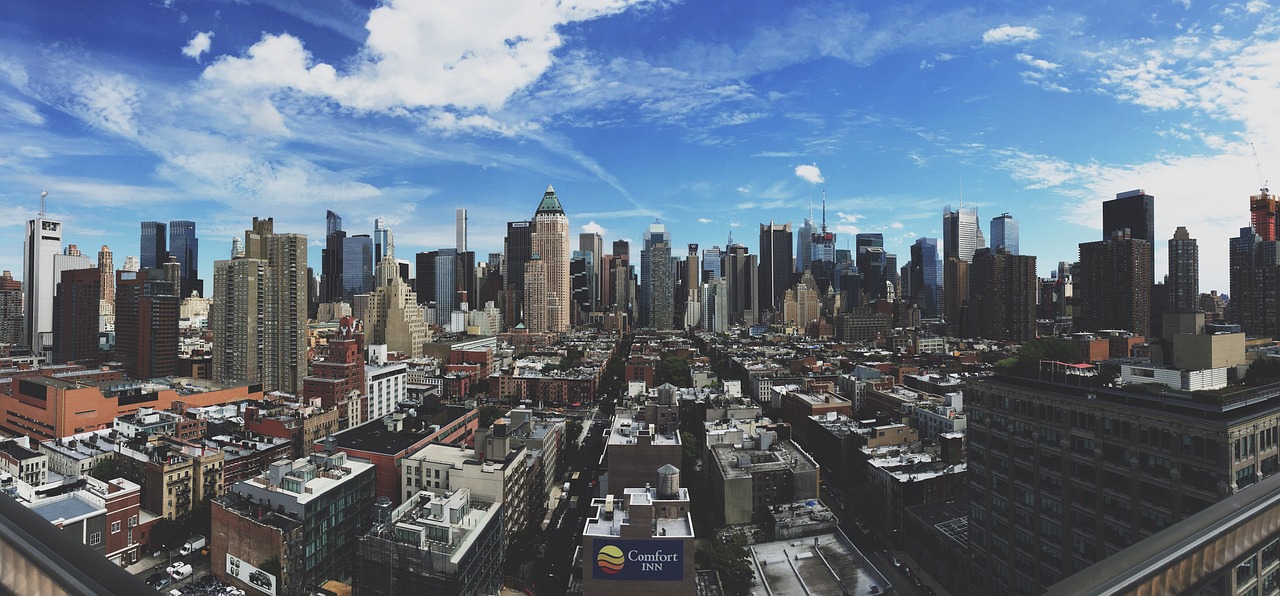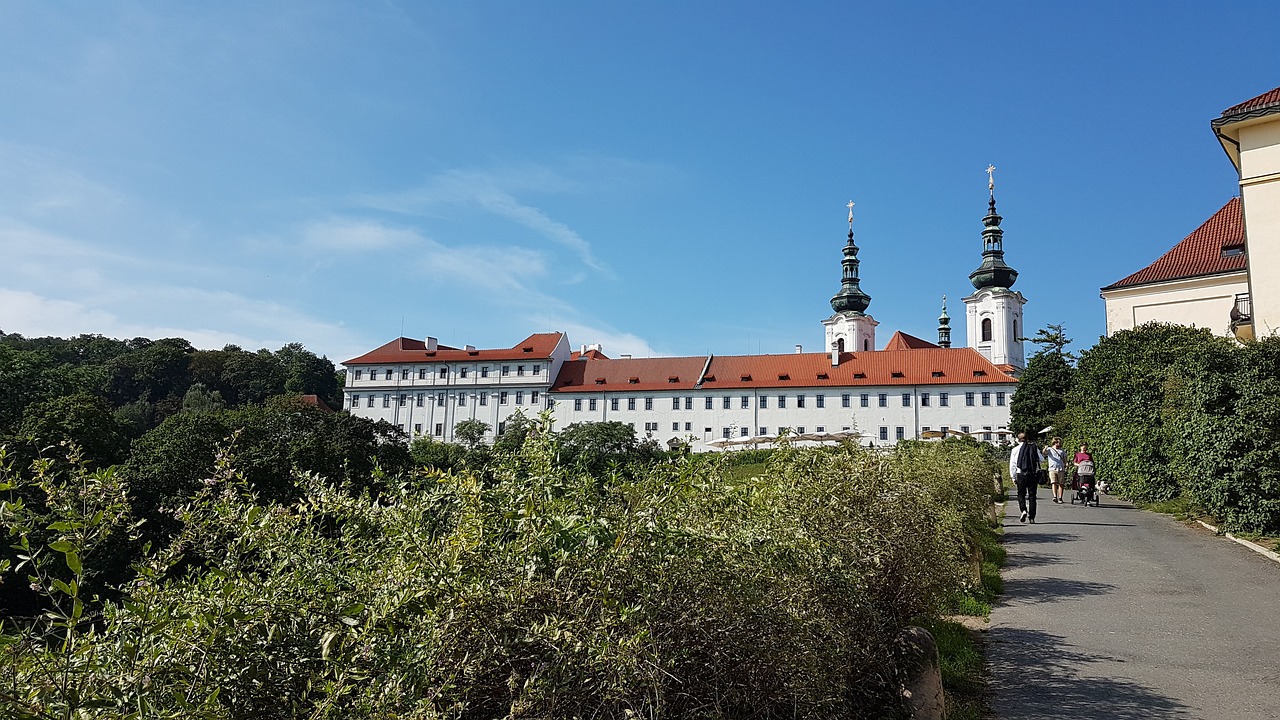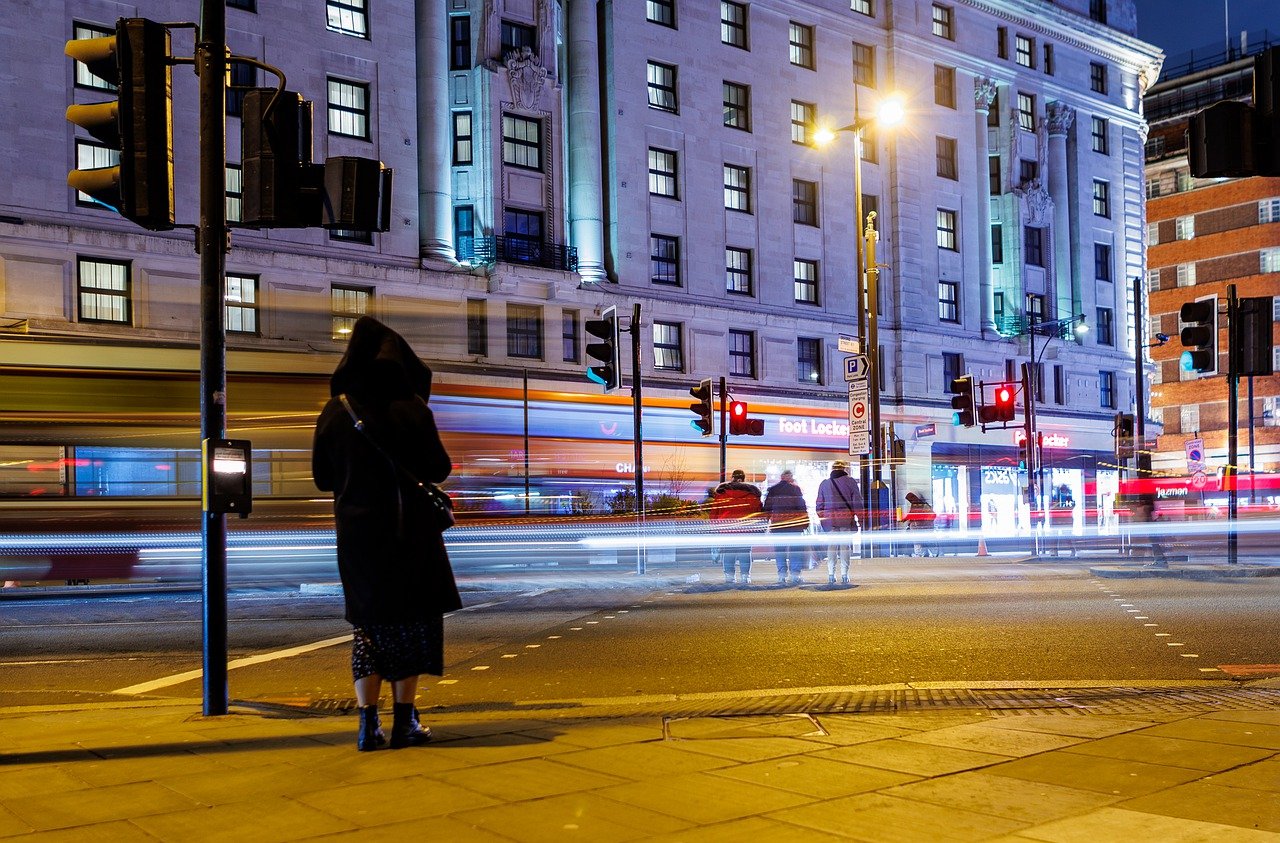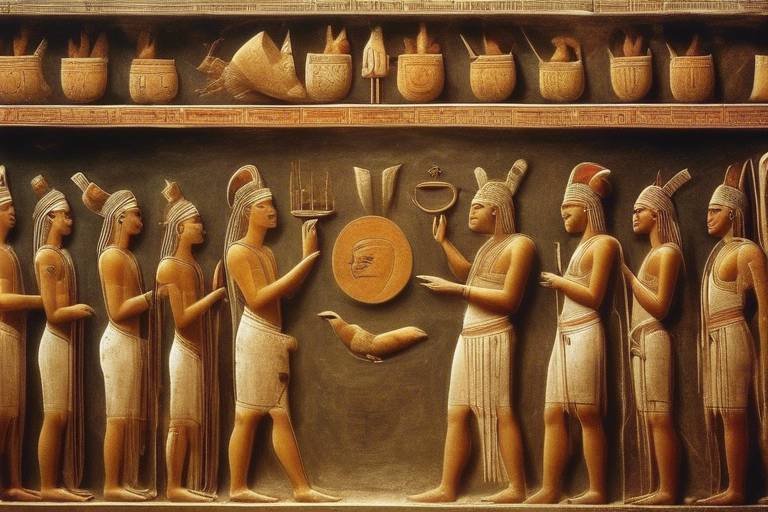How Urban Development Affects Cultural Heritage Sites
Urban development has a profound impact on cultural heritage sites, shaping their future in both positive and negative ways. The evolution of cities can either enhance the preservation of these precious landmarks or pose significant threats to their existence. Understanding how urbanization influences cultural heritage sites is essential for ensuring their conservation and protection for future generations.

Impact on Physical Integrity
Urban development can have both positive and negative impacts on cultural heritage sites. It is crucial to understand the various ways in which urbanization can influence the preservation and conservation of these important historical and cultural landmarks.
Urban development projects can pose a threat to the physical integrity of cultural heritage sites through construction activities, pollution, and infrastructure changes. Preservation efforts are essential to safeguard these sites from damage.

Community Engagement and Awareness
When it comes to urban development and its impact on cultural heritage sites, community engagement and awareness play a crucial role in shaping the future of these precious landmarks. By involving local residents in the planning and decision-making processes, a deeper appreciation and understanding of the historical significance of these sites can be fostered.
Community engagement goes beyond mere consultation; it involves actively involving residents in preservation efforts, educational programs, and cultural events that highlight the importance of these heritage sites. By creating a sense of ownership and pride among the local community, a stronger commitment to protecting and preserving cultural heritage can be achieved.
Furthermore, raising awareness about the value of cultural heritage sites can help combat apathy and indifference towards their preservation. Educational campaigns, guided tours, and interactive exhibitions can serve as powerful tools to engage the public and instill a sense of responsibility towards safeguarding these irreplaceable assets.
Through collaborative efforts between local communities, heritage organizations, and government agencies, a collective sense of stewardship can be nurtured, ensuring the sustainable conservation of cultural heritage sites for future generations to enjoy.

Tourism and Economic Benefits
When it comes to urban development and cultural heritage sites, the relationship with tourism and economic benefits is a complex one. On one hand, urban development near these sites can significantly boost tourism, attracting visitors from all over the world and providing economic opportunities for local businesses. The influx of tourists can bring revenue to the area, create jobs, and stimulate the local economy.
However, the challenge lies in striking a balance between reaping the economic benefits of tourism and preserving the cultural integrity of the heritage sites. Over-commercialization and excessive development can lead to overcrowding, wear and tear on the sites, and a loss of authenticity. It is crucial to implement sustainable tourism practices that prioritize the conservation of these valuable landmarks while still capitalizing on their economic potential.
One approach to achieving this balance is through responsible tourism management, which involves setting visitor limits, implementing conservation measures, and promoting respectful behavior among tourists. By ensuring that tourism is sustainable and respectful of the cultural heritage sites, the economic benefits can be maximized without compromising the integrity of these important landmarks.

Legal and Regulatory Frameworks
Legal and regulatory frameworks play a critical role in safeguarding cultural heritage sites from the potential negative impacts of urban development. These frameworks establish the rules and guidelines that developers, government agencies, and conservationists must adhere to in order to protect these important landmarks.
One key aspect of legal frameworks is the designation of heritage protection zones, which restrict the type and scale of development activities that can take place near cultural heritage sites. These zones help to maintain the integrity and authenticity of the sites by preventing intrusive construction and preserving the surrounding environment.
Additionally, regulatory frameworks often include requirements for conducting impact assessments before any development projects can proceed near cultural heritage sites. These assessments evaluate the potential effects of the proposed activities on the sites and help developers mitigate any risks to their preservation.
Enforcement mechanisms within legal frameworks are crucial for ensuring compliance with heritage protection laws. Penalties for violations, such as fines or project halts, serve as deterrents against activities that could harm cultural heritage sites and help maintain the sanctity of these historical treasures.
Collaboration between government agencies, heritage conservation organizations, and local communities is essential for the effective implementation of legal and regulatory frameworks. By working together, stakeholders can ensure that urban development projects are carried out in a way that respects and preserves the cultural significance of heritage sites for future generations.

Technological Innovations in Conservation
Technological innovations have revolutionized the field of conservation, offering new and exciting tools for preserving cultural heritage sites in the face of urban development pressures. One such advancement is 3D scanning, which allows for detailed digital documentation of historical structures and artifacts. This technology enables conservationists to create accurate models for analysis and restoration, aiding in the preservation of these important landmarks.
Virtual reality (VR) is another cutting-edge tool that has been increasingly utilized in the conservation of cultural heritage sites. By immersing users in realistic digital environments, VR can provide virtual tours of historical sites, allowing for remote exploration and engagement. This technology not only enhances public understanding and appreciation of cultural heritage but also facilitates conservation efforts by identifying areas in need of restoration.
Furthermore, drones have become invaluable assets in conservation projects, offering aerial perspectives for surveying and monitoring cultural heritage sites. These unmanned aerial vehicles can capture high-resolution images and videos, providing valuable data for preservation initiatives. Drones enable conservationists to assess the condition of sites, detect potential threats, and plan effective conservation strategies.
Additionally, Geographic Information Systems (GIS) play a crucial role in conservation efforts by integrating spatial data to analyze and manage cultural heritage sites. By mapping out the physical and environmental characteristics of these sites, GIS technology helps conservationists make informed decisions regarding preservation and development. This tool allows for the identification of vulnerable areas, assessment of risks, and implementation of proactive conservation measures.

Conflict Resolution and Stakeholder Collaboration
Conflict resolution and stakeholder collaboration play a vital role in ensuring the sustainable development of urban areas while preserving cultural heritage sites. When developers, government agencies, conservationists, and local communities come together to address conflicts and find common ground, it paves the way for balanced and inclusive decision-making processes. By fostering collaboration among stakeholders with diverse interests, it becomes possible to navigate the complexities of urban development without compromising the integrity of cultural heritage sites.

Sustainable Development Practices
Sustainable development practices play a crucial role in mitigating the negative impacts of urbanization on cultural heritage sites. By incorporating environmentally friendly strategies into urban planning, it is possible to promote the coexistence of modern development and historical landmarks. Green infrastructure, such as green roofs and permeable pavements, can help reduce the environmental footprint of urban areas while preserving the integrity of cultural heritage sites. Energy-efficient design practices, including the use of renewable energy sources and efficient building materials, can contribute to sustainable urban development.
Furthermore, adaptive reuse of historic buildings is a key strategy for sustainable development. Instead of demolishing old structures, repurposing them for new functions can help conserve the historical character of urban areas while meeting the needs of a growing population. Adaptive reuse not only reduces waste but also promotes a sense of continuity between the past and the present, creating a unique urban landscape that reflects the history and culture of the community.

Case Studies and Best Practices
When it comes to understanding how urban development impacts cultural heritage sites, examining case studies and best practices from various regions can offer valuable insights and lessons. These real-world examples showcase successful approaches to balancing urbanization with the preservation of cultural landmarks, providing a roadmap for sustainable development.
One notable case study is the revitalization of the historic district in Barcelona, Spain. Through a combination of adaptive reuse, strict zoning regulations, and community involvement, the city successfully preserved its architectural heritage while promoting economic growth through tourism. By transforming old buildings into vibrant cultural spaces and limiting modern construction in the area, Barcelona maintained its unique character and attracted visitors from around the world.
In contrast, the rapid urbanization of the ancient city of Petra in Jordan serves as a cautionary tale. Uncontrolled development and tourism expansion led to environmental degradation and damage to the archaeological site. Without proper planning and conservation measures in place, Petra faced the risk of losing its authenticity and historical significance. This case underscores the importance of sustainable development practices and proactive preservation efforts in safeguarding cultural heritage sites.
Best practices in urban development and heritage preservation often involve a multidisciplinary approach that includes collaboration between government agencies, local communities, and conservation experts. Establishing clear guidelines for development, conducting regular site monitoring, and implementing public education initiatives are key components of successful preservation strategies.
Frequently Asked Questions
- What are the potential risks urban development poses to cultural heritage sites?
Urban development can threaten the physical integrity of cultural heritage sites through construction activities, pollution, and changes in infrastructure. It is crucial to implement preservation efforts to protect these sites from damage.
- How can community engagement benefit the preservation of cultural heritage sites?
Involving local communities in urban development plans can raise awareness and appreciation for cultural heritage sites. Engaging residents in preservation efforts fosters a sense of ownership and pride in the shared history of the community.
- What role does technology play in the conservation of cultural heritage sites amidst urban development?
Technological innovations like 3D scanning and virtual reality provide new tools for documenting, restoring, and engaging the public with cultural heritage sites. These advancements aid in the preservation efforts in the face of urban development pressures.
- How can conflicts between stakeholders be resolved to ensure sustainable urban development?
Resolving conflicts among developers, government agencies, conservationists, and local communities is essential for sustainable urban development while preserving cultural heritage sites. Collaborative approaches can help find common ground and balance competing interests.
- What are some sustainable practices that can be integrated into urban planning to protect cultural heritage sites?
Incorporating sustainable practices like green infrastructure, energy-efficient design, and adaptive reuse of historic buildings can help minimize the negative impacts of development on cultural heritage sites. These strategies are key for sustainable urban development.


















